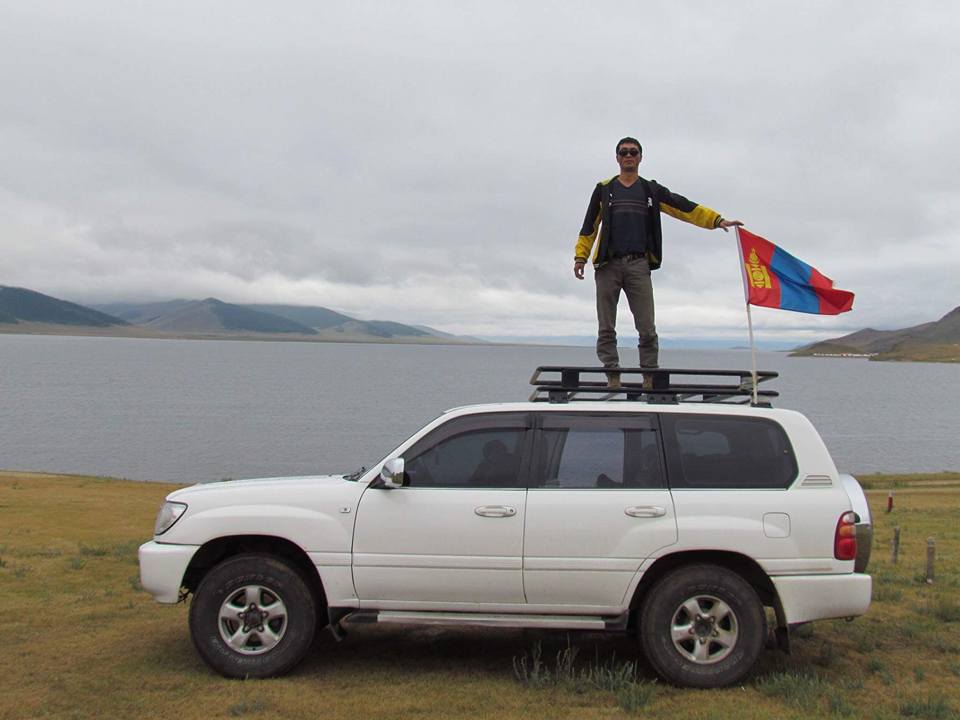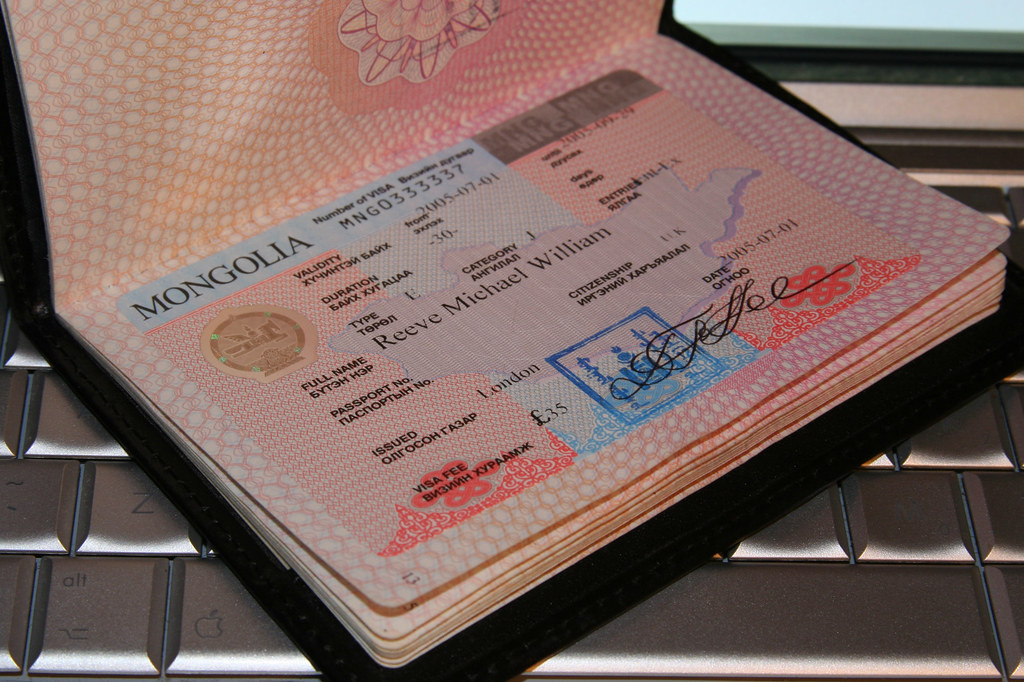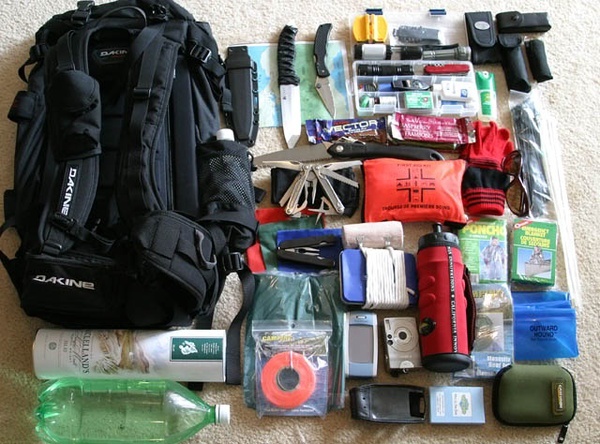Here is some travel tips Mongolia: Located between China and Russia, Mongolia is one of the very few landlocked countries in the world and we are here to answer the question “How to get to Mongolia?” for you. There are several ways of travelling here – by bus, by train and by air.
If time is of essence, we recommend getting to Mongolia by air. Flights to here depart from Moscow, Russia via the iconic Aeroflot airline. This method is time smart and usually lasts approximately 5 hours.
If you prefer to stick to the ground, you can traverse through our beautiful country via train or bus. The longest railway, the Tran-Siberian Express is there to make this possible. The trains first depart from Moscow and terminate at Beijing, journeying a whopping 7,621km (4,735 miles) for 6 whole days; getting to Ulaanbaatar, Mongolia by this route takes 5 days. Alternatively, buses run daily from Ulan-Ude, Russia to our capital, Ulaanbaatar.
The fastest method to traverse is, you guessed it, by air. There are many direct flights here from Beijing (China), Seoul (South Korea), Osaka (Japan), Bangkok (Philipines), Singapore and Ankara (Turkey), and many international airlines to offer the service, Air China, Korean Air and Turkish Airlines to name a few; or, you can go fully Mongolian and take one of our domestic lines (MIAT or Hunnu). Each of these flights last from 2 to 5 hours.
You can get to Mongolia on the ground either by bus or by train. Buses run daily between Erlian (China) and Ulaanbaatar (Mongolia) The bus leaves at 1am and Second bus leaves at 1pm. In the mornings, and trains run two times a week from Beijing to here (2-day trip). If you interesting tours…

Currently, a 30-day tourist visa can be easily obtained at any Mongolian consulate, consulate-general or honorary consulate. Follow the steps below and requirements to obtain a Mongolian visa from your nearest Mongolian Embassy:
All visas, except transit are issued by the Embassy. The normal time required for a visa to be processed is one week. But for a transit visa -48 hours without any authorizations.
To get a visa for longer than 30 days, you must be invited or sponsored by a Mongolian, a foreign resident or a Mongolian company, or be part of an organized tour from a Mongolian or foreign travel agency.
If you absolutely cannot get to a Mongolian consulate, it is theoretically possible to get a 30-day tourist visa on arrival at Ulaanbaatar airport. To do this you will need an invitation from a Mongolian travel company. It’s best that a representative from this company meets you at the airport on arrival to liaise with visa officials.
It is also theoretically possible to get a visa at the land entry points at Zamyn-Uud and Sukhbaatar train stations, though until this becomes common practice you are better off using this as a last resort only. For both land border visas and on-arrival airport visas you will need US$50 and two passport photos.
Polish citizens do not require visas for a stay of up to 90 days, Israeli and Malaysian citizens can stay visa-free for up to 30 days and Hong Kong and Singaporean citizens can stay visa-free for up to 14 days.
Standard tourist visas generally last 30 days from the date of entry and you must enter Mongolia within three months of issue. Visas normally take several days, or even up to two weeks, to issue. If you want your visas quicker, possibly within 24 hours, you will have to pay an “express fee”, which is double the normal cost. If you want a tourist visa for longer than 30 days you will need to arrange for a travel agency which we’ll be able to invite you. We’ll need to have your passport copy, your date of arrival and departure; and a general itinerary. We must send your invitation to the Ministry of External Relations in Ulaanbaatar. If accepted, a copy will be sent from the ministry to your designated embassy or consulate, where you fill out a visa application form and hand over your cash.
If this seems too much hassle, remember that 30-day tourist visas are easily extendible by 30 days in Ulaanbaatar. The only snag is that you’ll probably have to return to the capital to do this.
Multiple entry/exit tourist visas are usually only issued to foreign residents who do a lot of travel. Mongolian honorary consulates can issue transit visas and non-extendable tourist visas but only for 14 days from the date of entry. Importantly, they often issue visas without requiring a sponsor or invitation. However, these visas are for entry only; they cannot issue normal entry/exit visas, so you will have to spend some of your precious time in Ulaanbaatar arranging an exit visa from the ministry.
The visa lasts 48 hours (sometimes 72 hours) from the date of entry. This will only allow you to get off the Trans-Mongolian train for a very short time before catching another train to Russia or China. A single entry/exit transit visa cannot be extended. You will need to show the train or plane ticket and a visa for the next country (Russia or China).
MONGOLIAN VISA EXTENSIONS
If you have a 30-day tourist visa you can extend it by another 30 days at the immigration office on the way to Chingis Khaan airport. It officially costs US$15 for the first seven days and a further US$2 per day for a maximum of 30 days (which therefore costs a total of US$61). You will need a passport-sized photo. It should take two or three days to process.
If you intend to stay in Mongolia for more than 30 days you must register at the immigration office in Ulaanbaatar within 10 days of arriving in the country.
Every traveler must fill in a customs declaration form which should be retained until departure. This allows the free import and re-export of articles intended for personal use for duration of stay. It is prohibited to import and export.

For more information about visa to Mongolia: http://consul.mn

If you are planning to travel to Mongolia, we have prepared for you a comprehensive list of what is needed. Mongolia is a country of extremes and weather is unpredictable, and what you pack will depend on where and when you intend to travel, and how you travel – on tour, on a wilderness expedition or on a business.
Mongolian weather is unpredictable, and nights have been known to be a little less than warm even in the summer in some regions. Therefore, layers are always recommended: remember, you can always take layers off or put them back on. Raincoats and ponchos are a must for occasional rainy weather. Also, you will need trekking shoes for horse, camel riding and hiking.
It’s usually better to have a large, flexible bag instead of a hard suitcase to keep your main luggage in, because you will likely load it from luggage compartments to cars and so forth multiple times. You won’t be carrying it around with you every day, however, so it depends on the specificity of your trip. If you have pack animals (usually horses, or camels in some cases) carrying your luggage, soft bags are recommended.
What to pack in a small backpack: utilities for hiking or riding a camel/horse. Besides putting your daily items in a backpack, having a small bag with your valuables — like your wallet and travel documents—is handy. As far as dimensions go, it should be small enough to carry around at nearly all times and big enough to fit valuable items.
What you need to pack in your bag on tour: sunglasses, flash-light or head lamp with batteries, sleeping bag, backpack bag water-proof cover, sun and mosquito cream, binoculars, camera, and camera accessories special for USB charger and personal medication.
Mongolia has an extreme continental climate with cold winters and hot summers. There are 257 cloudless, sunny days a year and is known to the world as the country of “The land of Blue Sky”.
Temperature: 10 (North) to 20 (South) during the day and 5 (North) to 15 (South) during the night (all figures in Celsius).
Spring is known for its fresh breezes and magnificent vivacity, especially so in Mongolia when wilderness triumphs over the wintery earth and nomadic life is reinvigorated with its new members. From ancient times, the season was considered to be an auspicious one welcoming the newborn of the herd to nomadic families. Cries of the young herd, fresh country wind, warm and cushy spring sun is nothing short of fantasy world.
Temperature: from 24 to 30 during the day and from 15 to 25 during the night (all figures in Celsius)
Mongolian summer attracts many guests: pleasant weather and clear skies, pristine lakes and brimming wild, green steppes with grazing sheep and galloping horses, glorious sunshine and hints of refreshing rain, epitome of nomadic lifestyle and celebrations are what define our summers. Most prominent of all is the Naadam Festival in mid-July – a grand celebration of traditional sports (wrestling, archery and horse racing), where to whole nation moves in unison to cheer for their idols. Indeed, summer is the liveliest of all, for both people and wildlife.
Temperature: from 15 to 20 during the day and from 5 to 15 during the nights (all figures in Celsius)
Golden Fall is the calm season where both man and nature take a breather to prepare for what is to come, the Winter. From late August, nomads begin preparing – hoarding food for their families and feed for their herd. Nature, on the other hand, sheds its green to cover the whole land in gold. If you are visiting us during this period, Mongolia can welcome you and Fall with the Golden Eagle Festival.
Temperature: from -10 to -30 during the day and from -20 to -35 during the night (all figures in Celsius)
In Mongolian tradition, winters are broken down into nine “nines” or 81 days, a schematic interpretation of the season dating back to archaic times. Each “nines” is special and unique from the others and reflect our Nomadic heritage. In late winter, Mongolians celebrate “Tsagaan Sar” or the Lunar New Year, an important aspect of the Mongolian nomadic culture. Though it coincides with the rest of Asia, it is in no way resembling – it is truly unique and embodies the best Winter has to offer. Last but not least, it`s hard to imagine the Mongolian winter without “Ice Festival” of Khuvsgul Lake, the second-most voluminous freshwater lake in Asia. Here, people celebrate the pristine lake and its otherworldly beauty.
. Best time to visit Mongolia?
The best time to visit Mongolia varies from person to person.
If you want to discover the ancient lifestyle of the nomads at its peak or to completely immerse yourself in the summer wilderness, it is best to visit Mongolia from May to September. During this period, under the warm blue sky, locals engage in diverse festivities and are brimming with enthusiasm. Our guests can conquer the dunes of the Gobi, sail the crystal-clear waters of Khovsgol, race with the wind on the steppes, hike the mighty mountains to the West or immerse in the one and only Naadam Festival. Affluent steppes and lush forests, lively wildlife and untarnished nature, its truly a wonderful time.
If you want to experience the Winter Wonderland, visit Mongolia from October to March. Dog sledding on frozen lakes (Ice Festival), visiting “Bactrian” camel races (Thousand Camel Festival), searching for the rare snow leopards in the wild, partaking in eagle hunts (Golden Eagle Festival) – Mongolia does not hibernate. These wondrous activities are straight out of fairy tales and ooze magical mystery (only that they are real).
Mongolian traditional food and drinks
Mongolian traditional food is particular in that it evolved according to the country’s extreme climate and old-aged nomadic culture, defined by its specific methods of preparing meals and unique dietary variations. Mongolians like dairy products (i.e., cheese and dry curd) in summer and fall, while in spring and winter meat is preferred. Flour and rice, on the other hand, represent a large portion of the diet during all seasons. The food is mostly fried on open fire but sometimes steamed or boiled. Most Mongolians prefer mutton and beef, chicken and fish only being popular in urban areas.
If Mongolian diet is not for the liking, there are many alternatives and international choices in the capital (Indian, Italian, Chinese, Korean, Japanese and Russian).
Airag – Fermented Mare’s Milk
Airag is the traditional national beverage of Mongolia. Horses are quintessential to the Mongolian identity and constitute an important aspect of the nomadic lifestyle. Not only do they serve as a ride, they are the source of local beer, Airag.
The drink contains a small amount of carbon dioxide, and up to 4% of alcohol. The taste is slightly sour, but quite agreeable after some time. The exact taste depends both on the characteristics of the pastures and the exact method of production. The beverage is a rich source of vitamins and minerals for the nomads.
Khorkhog and Boodog – Mongolian BBQ
Khorkhog, the world-renowned BBQ, is probably the most exciting and the tastiest dish of all; but be warned, it is nothing like the traditional barbecue. For this dish, mutton is slow cooked with vegetables in a tight confine, using heated stones (that’s right, actual stones). Boodog is like Khorkhog, but for a whole goat or sheep; in this regard, it is quite similar to Thanksgiving Turkey, differing only in extra stones to fasten the process. The end products are savory and soft and can get you going for the full day.
Mongolian traditional Vodka
The Nermel or milk vodka is the Mongolian traditional alcoholic beverage. It’s distilled with fermented plain organic yogurt, specifically that of cattle. The more acidic the yogurt is, the higher the alcohol concentration will be (ranging from 15 to 20%). All nomad families have their own distillery, compact and efficient. This beverage is generally made in summer, but it is enjoyed throughout the whol year. Mongolians like to drink it when it’s still hot, fresh after distillation – hot Vodka, similar to hot Japanese Sake.